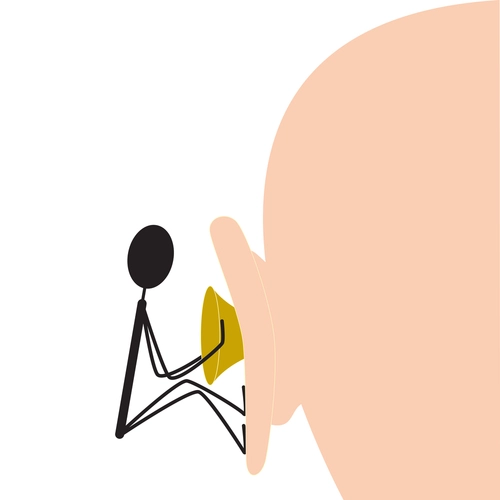ED Coding and Reimbursement Alert
Know the Keywords to Report Otitis Media Diagnoses
Question: We see a lot of ear infections in the ED, and often the physician will only document "OM, left ear" or "Right ear otitis media" on the form, with no other details. How can we submit the right diagnosis codes in this situation?
Codify Subscriber
Answer: Accurate otitis media (OM) coding, like most disease coding, hinges on your ability to recognize a number of key words, which you should be able to find in the physician's documentation. Fortunately, OM coding only requires you to know a handful of medical terms, all of which are related to the kind of fluid the ear is discharging:

This immediately enables you to determine whether to code H65.- (Nonsuppurative otitis media) or H66.- (Suppurative and unspecified otitis media).
The division is particularly useful to coders, as it enables you to code any kind of OM that involves a discharge of fluid other than pus as nonsupperative. So, for chronic serous otitis media you would code H65.2-, while you would code H65.3- for chronic mucoid otitis media. And you would code H65.11- (Acute and subacute allergic otitis media (mucoid) (sanguinous) (serous)) for acute and subacute exacerbations that involve the discharge of any of these fluids.
If your provider documents the cause of the OM, ICD-10 directs you to code H66.9- (Otitis media, unspecified) for cases of OM that are caused by the staphylococcal or streptococcal virus, while you would code OM due to other causes using H67.- (Otitis media in diseases classified elsewhere). The exceptions to this are B05.3 (Measles complicated by otitis media) or A38.0 (Scarlet fever with otitis media), which are both Excludes1 codes for H67.-.
Related Articles
ED Coding and Reimbursement Alert
- Compliance:
Recent Medicare Audit Shows Where EDs Stand in Terms of Opioid Prescriptions
If your opioid prescription count is higher than average, don't panic, reps say. Many ED [...] - Denials:
Payers Issue Fresh Denials for Repeat Chest X-Rays, EKGs
Remember to use modifiers when necessary to denote medically necessary repeat tests. If your ED [...] - ICD-10:
Prove Urine Test Medical Necessity With Accurate ICD-10 Codes
Your ED bills these services frequently, so pinpoint the right codes. When patients present to [...] - You Be the Coder:
Can You Code This COPD Diagnosis?
Question: A patient who has had COPD for nine years presented to our ED with [...] - Reader Question:
How to Prevent Mobile Device Issues
Question: Our staff members now carry tablets where they record their documentation. Twice so far, [...] - Reader Question:
Don't Forget Seventh Character for Fractures
Question: We treated a patient with multiple fractured ribs and we reported a six-character code, [...] - Reader Question:
Know the Keywords to Report Otitis Media Diagnoses
Question: We see a lot of ear infections in the ED, and often the physician [...]




